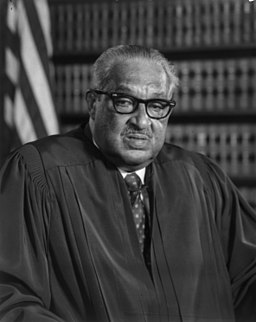Disclosure: I was sent a digital copy of this book in return for an honest review. All opinions in this post are my own. I did not receive any other compensation for this review. The links are affiliate links where I will receive a small percentage of any purchases made through them at no cost to you. Thank you for supporting Crafty Moms Share!
Our country is divided right now. It is wearing on my heart. I usually try to ignore politics as much as I can. It keeps me more relaxed and at peace. However with everything going on right now and it being a presidential election year it is basically impossible to ignore. I have read articles about how our current politics are breaking up relationships--marriages, siblings, parent-child and friendships. This has not occurred before in our lifetime, but it did occur in our country. In fact our country had a civil war because of such differences. The Civil War divided families, neighbors and friendships. Perhaps that is what drew me to today's book. I feel we are in many ways at a similar point and finding a divide in our country. Today's book is Divided Hearts: A Civil War Friendship Quilt by Barbara Brackman.





























.svg.png)










